Explore the Cost of Spinal Stenosis in Puerto Vallarta Mexico
"The cost of spinal stenosis treatment in Puerto Vallarta, Mexico, can vary significantly depending on the specific procedure, the severity of the condition, the chosen clinic, and the surgeon's expertise, generally ranging from $7,000 to $30,000 for surgical interventions."
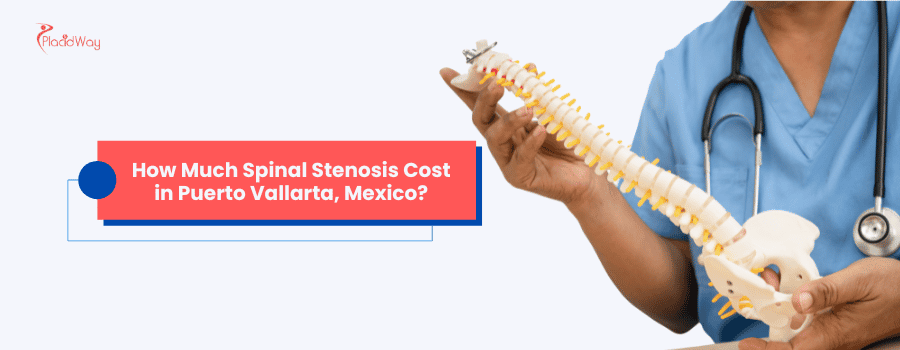
Spinal stenosis is a condition where the spaces within your spine narrow, which can put pressure on the spinal cord and the nerves that travel through the spine to your limbs. This narrowing most commonly occurs in the lower back (lumbar spinal stenosis) and the neck (cervical spinal stenosis), leading to symptoms like pain, numbness, weakness, and problems with bladder or bowel control. When conservative treatments like physical therapy, medication, and injections no longer provide relief, surgical intervention may become a necessary consideration.
Puerto Vallarta, Mexico, has emerged as a popular destination for medical tourism, offering high-quality spinal stenosis treatment at a fraction of the cost compared to countries like the United States and Canada, without compromising on the standard of care. This blog post aims to provide comprehensive answers to common questions about the cost and various aspects of spinal stenosis treatment in Puerto Vallarta.
What is Spinal Stenosis?
"Spinal stenosis is a narrowing of the spaces within your spine, which can compress the spinal cord and nerve roots, leading to symptoms such as pain, numbness, or weakness."
This condition often develops gradually as part of the natural aging process. Over time, the discs between your vertebrae can degenerate, and bone spurs (osteophytes) may form. Ligaments within the spine can also thicken and harden. These changes reduce the space available for the spinal cord and nerves, causing pressure and irritation. While it can occur anywhere along the spine, it's most common in the lumbar (lower back) and cervical (neck) regions.
What are the Common Symptoms of Spinal Stenosis?
"Common symptoms of spinal stenosis include pain, numbness, tingling, or weakness in the arms, legs, or back, often worsening with activity and improving with rest or bending forward."
The symptoms you experience depend on the location of the spinal stenosis. In lumbar spinal stenosis, you might feel pain, cramping, or numbness in your legs, especially when standing or walking. This is often referred to as neurogenic claudication. Bending forward or sitting down typically provides relief. For cervical spinal stenosis, symptoms may include neck pain, arm numbness or weakness, balance issues, and in severe cases, problems with bowel or bladder control. The progressive nature of the condition means symptoms can worsen over time if left untreated.
What are the Non-Surgical Treatment Options for Spinal Stenosis?
"Non-surgical treatment options for spinal stenosis in Puerto Vallarta, Mexico, often include physical therapy, medication, epidural steroid injections, and lifestyle modifications, aiming to relieve symptoms and improve function without invasive procedures."
Before considering surgery, most patients will explore a range of conservative treatments. Physical therapy plays a crucial role in strengthening back and abdominal muscles, improving flexibility, and promoting better posture. Medications, such as non-steroidal anti-inflammatory drugs (NSAIDs) or muscle relaxants, can help manage pain and inflammation. Epidural steroid injections deliver powerful anti-inflammatory medication directly to the affected area around the nerves, offering temporary relief for many. Additionally, lifestyle adjustments like maintaining a healthy weight, avoiding activities that aggravate symptoms, and using assistive devices can contribute to managing the condition.
When is Surgery Recommended for Spinal Stenosis?
"Surgery for spinal stenosis is typically recommended when non-surgical treatments fail to provide adequate relief, or when symptoms like severe pain, persistent weakness, loss of sensation, or bowel/bladder dysfunction significantly impact quality of life."
The decision to undergo surgery is a significant one and is usually made in consultation with a spine specialist. If conservative methods have been exhausted and symptoms continue to worsen or become debilitating, surgery may be the most effective way to decompress the spinal cord or nerve roots. Red flag symptoms, such as progressive neurological deficits or cauda equina syndrome (a rare but serious condition affecting the nerves at the end of the spinal cord), often necessitate urgent surgical intervention.
What Types of Spinal Stenosis Surgeries are Available in Puerto Vallarta?
"Common types of spinal stenosis surgeries available in Puerto Vallarta, Mexico, include laminectomy, discectomy, foraminotomy, and spinal fusion, often performed using both traditional open and minimally invasive techniques."
Puerto Vallarta's medical facilities offer a range of surgical options tailored to the individual's condition:
- Laminectomy: This is one of the most common surgeries for spinal stenosis. It involves removing part or all of the lamina (the back part of the vertebra) to create more space for the spinal cord and nerves.
- Discectomy: If a herniated disc is contributing to the narrowing and nerve compression, a discectomy may be performed to remove the damaged portion of the disc. This can be done as a microdiscectomy, which is a minimally invasive approach.
- Foraminotomy: This procedure enlarges the neuroforamen, the bony opening where nerve roots exit the spinal canal, to relieve pressure on the nerve.
- Spinal Fusion: In some cases, particularly if spinal instability is present or if a large amount of bone needs to be removed, spinal fusion may be necessary. This procedure joins two or more vertebrae together to stabilize the spine and prevent motion that could cause pain.
- Minimally Invasive Spine Surgery (MISS): Many of these procedures can be performed using minimally invasive techniques, which involve smaller incisions, less muscle disruption, reduced blood loss, and often a quicker recovery time compared to traditional open surgery.
What is the Average Cost of Spinal Stenosis Surgery in Puerto Vallarta, Mexico?
"The average cost of spinal stenosis surgery in Puerto Vallarta, Mexico, typically ranges from $7,000 to $30,000, which is significantly lower than in many Western countries."
This broad range reflects the varying types of procedures, the complexity of the case, and the specific medical facility and surgeon chosen. For instance, a simple discectomy might be at the lower end of the spectrum, while a multi-level spinal fusion could be at the higher end. This cost generally includes the surgeon's fees, anesthesia, hospital charges, and basic post-operative care, making it an attractive option for those seeking affordable yet high-quality treatment.
How Does the Cost of Spinal Stenosis Treatment in Puerto Vallarta Compare to the US or Canada?
"The cost of spinal stenosis treatment in Puerto Vallarta, Mexico, is substantially lower, often 50% to 70% less than comparable procedures in the United States or Canada, where costs can range from $25,000 to over $100,000."
Patients from the US and Canada can realize significant savings by choosing Puerto Vallarta for their spinal stenosis treatment. For example, a spinal fusion that might cost $60,000 to $100,000 in the US could be performed for $10,000 to $20,000 in Mexico. These substantial savings are attributed to lower operational costs, competitive market rates, and favorable currency exchange rates in Mexico, without compromising on the quality of medical care.
What Factors Influence the Cost of Spinal Stenosis Treatment in Puerto Vallarta?
"Several factors influence the cost of spinal stenosis treatment in Puerto Vallarta, Mexico, including the specific surgical procedure, the surgeon's experience, the hospital's reputation, the type of implants used, and the length of hospital stay."
Understanding these factors can help patients estimate the total expense:
- Type of Procedure: As mentioned, a laminectomy will generally cost less than a complex spinal fusion.
- Severity of Condition: More severe or multi-level stenosis may require more extensive surgery, increasing costs.
- Surgeon's Expertise: Highly experienced and renowned spine surgeons may charge higher fees.
- Medical Facility: The reputation and accreditation of the hospital or clinic can affect pricing. State-of-the-art facilities with advanced technology may have higher fees.
- Implants and Materials: If implants like rods, screws, or artificial discs are needed for fusion or replacement, their quality and brand will influence the overall cost.
- Anesthesia Fees: The type and duration of anesthesia will contribute to the total cost.
- Length of Hospital Stay: The number of days spent in the hospital for recovery can impact the overall price.
- Pre- and Post-Operative Care: This can include diagnostic tests (MRI, X-rays), consultations, medications, and physical therapy sessions. Some packages might include these, while others charge separately.
- Complications: While rare, unforeseen complications during or after surgery can lead to additional costs.
What is Included in a Typical Spinal Stenosis Treatment Package in Puerto Vallarta?
"A typical spinal stenosis treatment package in Puerto Vallarta, Mexico, often includes surgeon's fees, anesthesia, hospital facility fees, necessary implants/prostheses, and initial post-operative consultations, but may exclude flights, accommodation, and extended rehabilitation."
It's crucial for patients to get a detailed breakdown of what is included in any quoted price. While many packages cover the core medical aspects, additional expenses like flights, airport transfers, hotel or recovery house stays, and extensive post-operative physical therapy might be separate. Always confirm the inclusions and exclusions with the medical provider.
What Pre-operative Tests are Required for Spinal Stenosis Surgery?
"Before spinal stenosis surgery in Puerto Vallarta, common pre-operative tests include X-rays, MRI or CT scans of the spine to pinpoint the exact location and severity of stenosis, and routine blood tests to assess overall health."
These diagnostic imaging studies are essential for the surgeon to accurately plan the procedure. X-rays help assess spinal alignment and stability, while MRI (Magnetic Resonance Imaging) or CT (Computed Tomography) scans provide detailed images of the spinal cord, nerves, and surrounding soft tissues. Blood tests, including a complete blood count (CBC) and coagulation studies, are vital to ensure the patient is a suitable candidate for surgery and to minimize risks.
What is the Recovery Time for Spinal Stenosis Surgery?
"The initial recovery time for spinal stenosis surgery in Puerto Vallarta typically involves a hospital stay of a few days, with a gradual return to normal activities over several weeks to months, depending on the complexity of the procedure."
After surgery, patients usually remain in the hospital for a few days for monitoring and pain management. Physical therapy is often a critical component of the recovery process, beginning shortly after surgery to help regain strength, flexibility, and mobility. Full recovery can take anywhere from a few weeks for minimally invasive procedures to several months for more complex surgeries like spinal fusion. Adhering to post-operative instructions and attending all physical therapy sessions are crucial for optimal outcomes.
Are There Any Risks Associated with Spinal Stenosis Surgery?
"Like any surgical procedure, spinal stenosis surgery carries potential risks, including infection, bleeding, nerve damage, implant failure, and complications from anesthesia, though these are generally rare and managed by experienced medical teams."
While spinal stenosis surgery can significantly improve quality of life, it's important to be aware of potential risks. Surgeons and medical staff in Puerto Vallarta prioritize patient safety and take measures to minimize these risks. Patients are thoroughly evaluated before surgery to ensure they are good candidates, and post-operative care is designed to prevent complications. Open communication with your medical team about any concerns is always encouraged.
How Can I Ensure the Quality of Care for Spinal Stenosis Treatment in Puerto Vallarta?
"To ensure high-quality care for spinal stenosis treatment in Puerto Vallarta, research accredited clinics, verify the surgeon's credentials and experience, read patient testimonials, and inquire about post-operative support and follow-up care."
Puerto Vallarta boasts several internationally recognized medical facilities and highly skilled spine specialists. When considering treatment, it's advisable to:
- Check Accreditations: Look for clinics with international accreditations, which often indicate adherence to high standards of quality and patient safety.
- Verify Surgeon Credentials: Research the surgeon's qualifications, board certifications, and experience in performing spinal stenosis surgeries.
- Read Patient Reviews: Testimonials and reviews from previous patients can provide insights into their experiences with the clinic and surgeon.
- Inquire About Technology: Ensure the clinic uses modern equipment and surgical techniques.
- Understand the Care Plan: Discuss the entire treatment plan, including pre-operative assessments, the surgical procedure itself, and detailed post-operative care and rehabilitation.
Can I Combine Spinal Stenosis Treatment with a Vacation in Puerto Vallarta?
"While Puerto Vallarta is a popular tourist destination, it is generally recommended to prioritize recovery from spinal stenosis treatment, as extensive travel and physical activity immediately after surgery are not advisable."
While the idea of combining medical treatment with a vacation might be appealing, the primary focus after spinal stenosis surgery should be on rest and recovery. Most surgeons advise against strenuous activities and long travel immediately post-procedure. However, once cleared by your medical team, enjoying the serene environment of Puerto Vallarta for a peaceful recovery could be an option. It's best to discuss any travel plans with your surgeon.
Consider exploring PlacidWay to find solutions tailored to your medical tourism and healthcare needs, including comprehensive options for spinal stenosis treatment in Puerto Vallarta, Mexico.


.png)
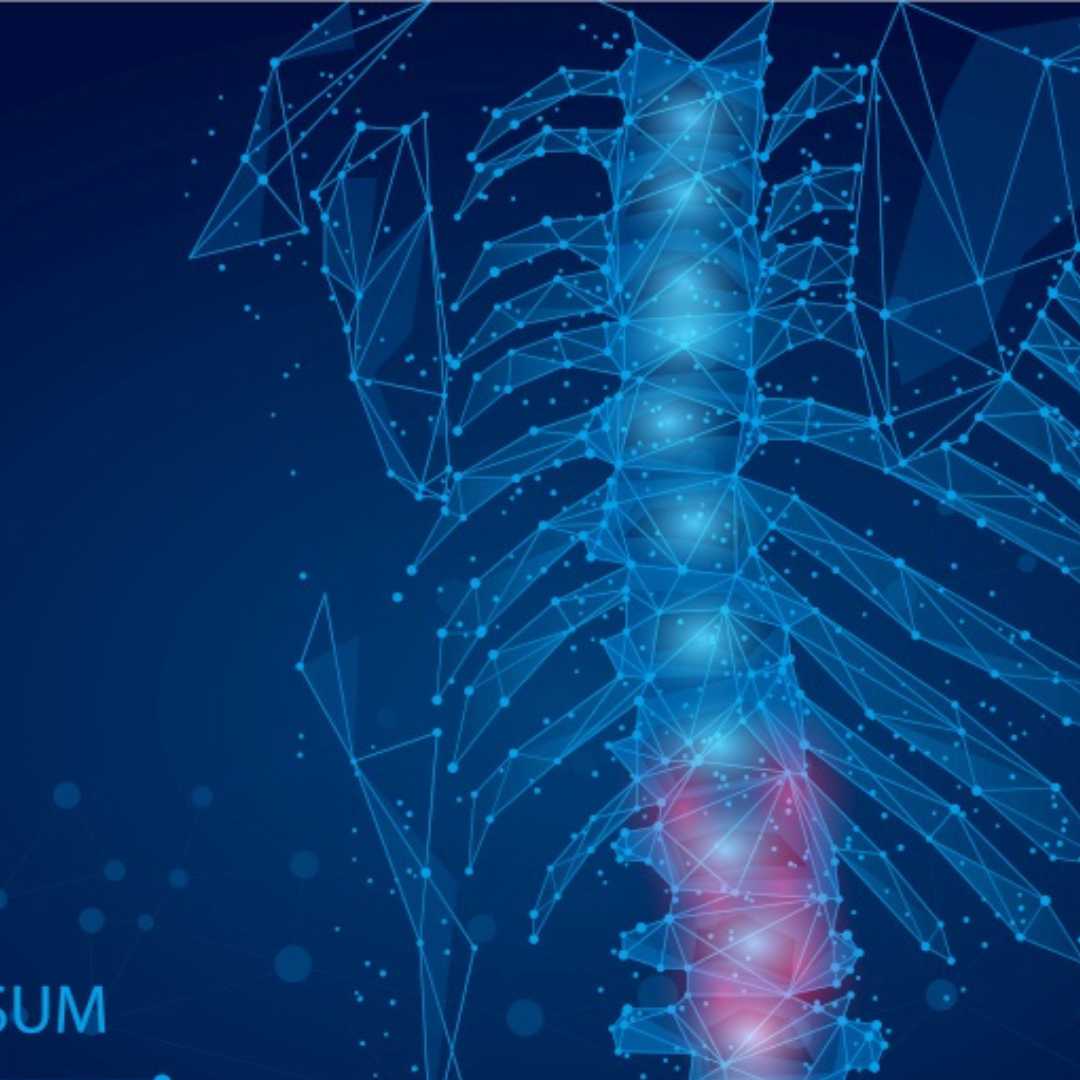
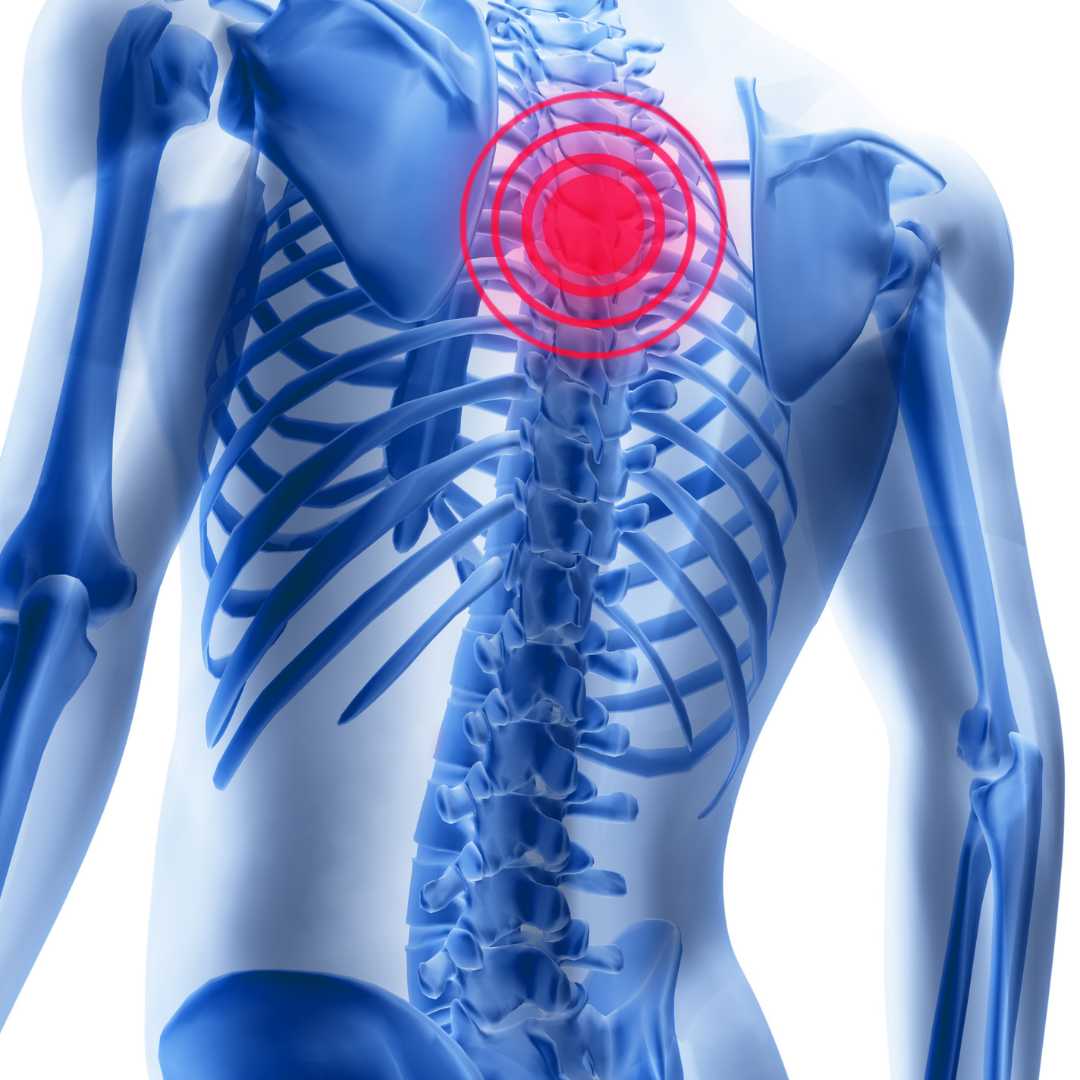




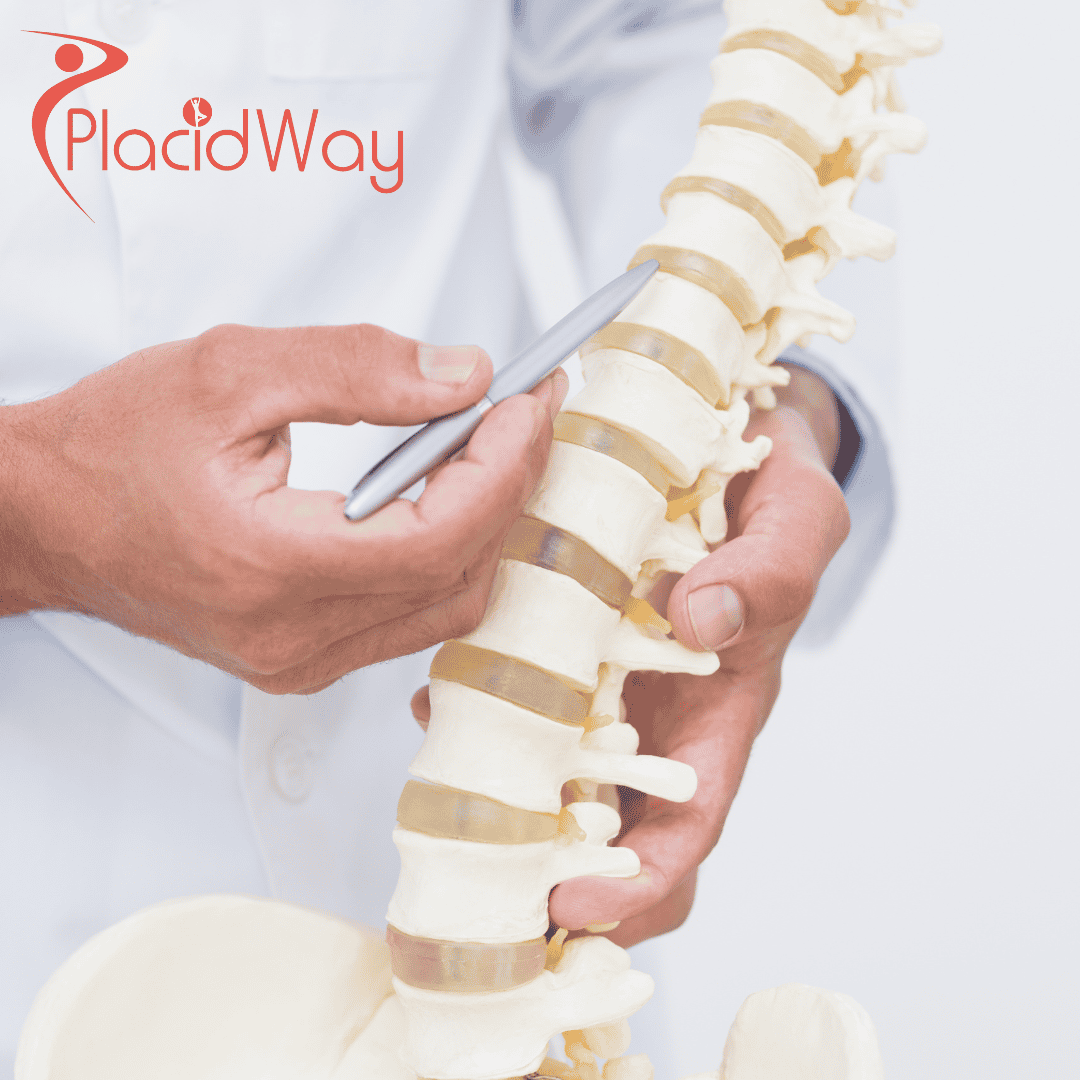

.png)
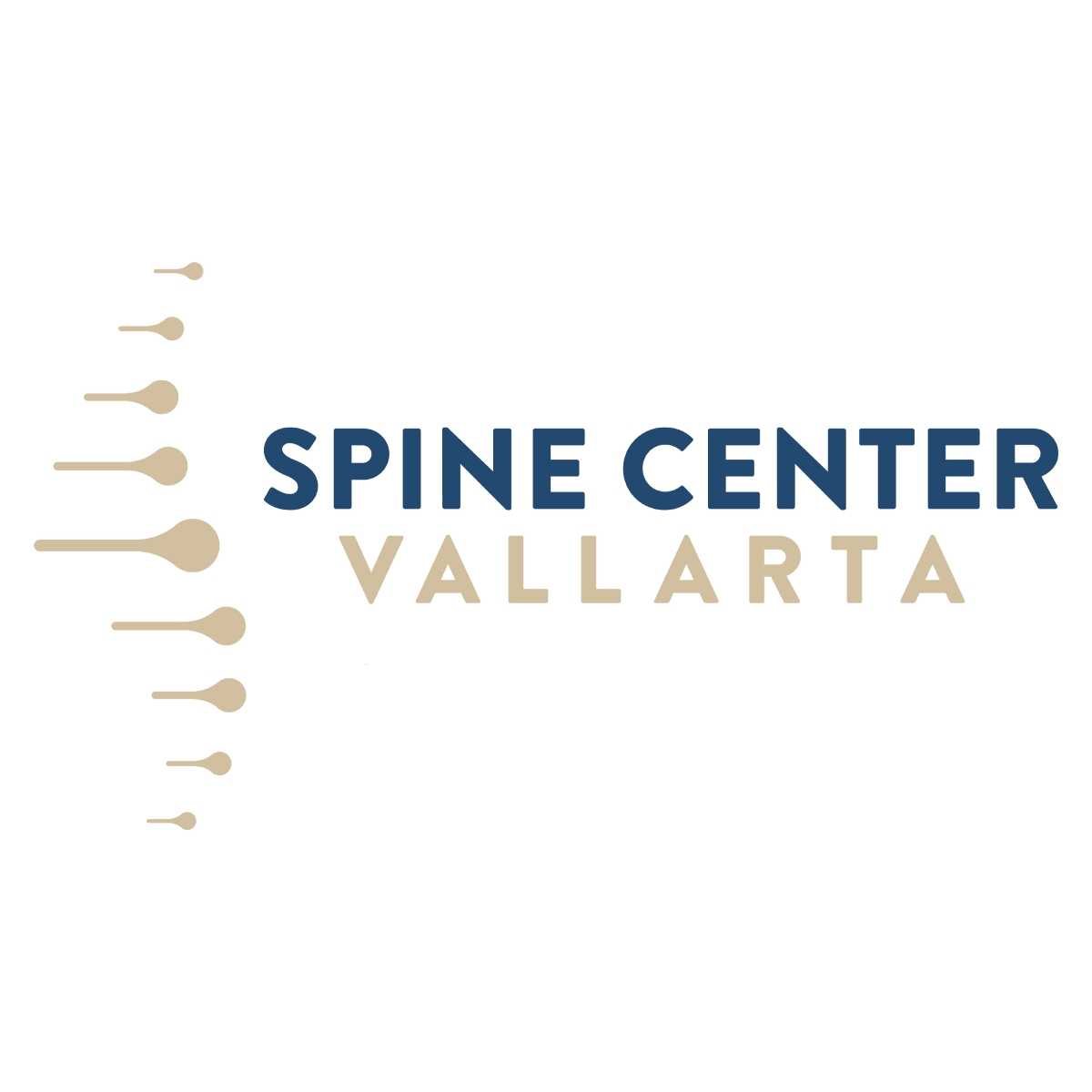

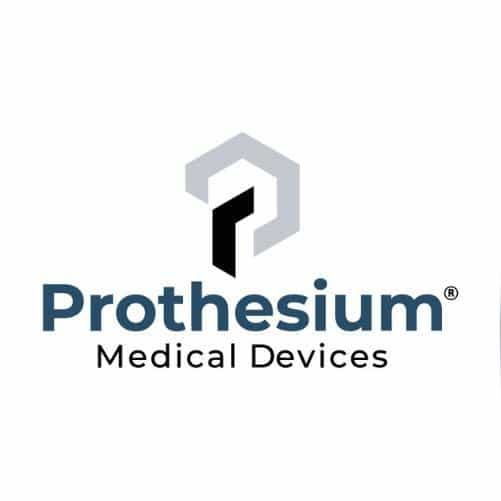


Share this listing